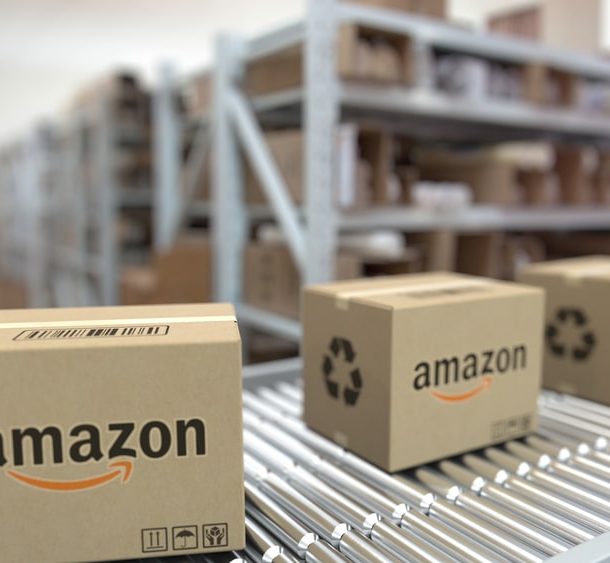
Selling on Amazon offers immense potential for growing your business, but it also comes with a complex fee structure that can significantly impact your bottom line. Understanding Amazon’s fees is crucial to maximizing profitability and ensuring long-term success on the platform. This guide will break down the key fees involved in selling on Amazon and provide strategies to help you minimize costs while optimizing your operations.

When you sell on Amazon, you’re subject to several types of fees, each of which affects your profit margin in different ways. These fees include:
1. Referral Fees
Referral fees are a percentage of each sale that Amazon takes in exchange for allowing you to sell on its marketplace. The rate varies by product category but typically ranges between 8% and 15%. For example, electronics often have lower referral fees, while luxury goods might be at the higher end. It’s important to understand the referral fee for your category and factor this into your pricing strategy.
2. Fulfillment by Amazon (FBA) Fees
If you use Amazon’s FBA service, you’ll be charged FBA fees for picking, packing, and shipping your products. These fees are typically based on the size and weight of the items, and they include additional charges for services like handling returns and customer service. While FBA can save you time and offer Prime shipping eligibility, it’s essential to calculate these fees to ensure they don’t eat into your profits.
3. Storage Fees
Amazon charges monthly storage fees for products held in its fulfillment centers. Standard-size items and oversized items are charged differently, and the fees increase dramatically during the peak shopping season (October through December). Additionally, if your products sit in Amazon’s warehouses for more than 365 days, you’ll be subject to long-term storage fees, which can add up quickly.

Strategies to Minimize Amazon Fees
While fees are inevitable when selling on Amazon, there are strategies you can employ to reduce their impact on your business.
1. Optimize Your Inventory Management
Proper inventory management can prevent unnecessary storage fees. Keep track of how much stock you send to Amazon and avoid sending excess inventory, especially during off-peak seasons. Using inventory forecasting tools can help you maintain just the right amount of stock and avoid long-term storage fees.
2. Use Amazon’s FBA Calculator
Before listing new products, use Amazon’s FBA calculator to estimate fulfillment costs and adjust your pricing accordingly. This tool will help you understand how much each product will cost to fulfill, allowing you to set a price that maintains profitability. You can also use this calculator to compare FBA with Merchant Fulfillment to see which option makes the most financial sense for your business.
3. Consider Seller Fulfilled Prime (SFP)
Seller Fulfilled Prime allows you to deliver directly to customers with the added benefit of Prime eligibility. This option can reduce FBA fees and give you more control over your shipping costs. However, it does require you to meet Amazon’s strict delivery standards, so it’s essential to have a reliable fulfillment process in place.

4. Keep an Eye on Product Categories and Fee Changes
Amazon periodically updates its fee structure, including referral fees and FBA charges. Staying informed about these changes can help you adjust your strategies and pricing to remain profitable. For instance, switching a product to a category with a lower referral fee could save you a significant amount over time.
5. Avoid Long-Term Storage Fees
To avoid costly long-term storage fees, run periodic sales or promotions to move slower-selling inventory. You can also consider liquidating excess stock through Amazon’s Outlet or other clearance platforms. By keeping your inventory turnover high, you’ll avoid the financial burden of keeping unsold products in Amazon’s warehouses for extended periods.
Final Thoughts: Mastering Amazon’s Fee Structure for Success
Navigating Amazon’s fee structure may seem overwhelming at first, but with the right strategies in place, you can minimize costs and maximize profits. By staying informed about referral, FBA, and storage fees, you can make smarter business decisions that enhance your profitability on the platform. Whether you’re just starting out or looking to optimize your current operations, understanding how to work within Amazon’s fee framework is key to long-term success.

Ready to take your Amazon business to the next level? By partnering with experienced Amazon sellers and brand managers, you can unlock the full potential of your products, navigate the complexities of selling on Amazon, and ultimately grow your business. Reach out today to learn more about how we can help you optimize your Amazon presence!














